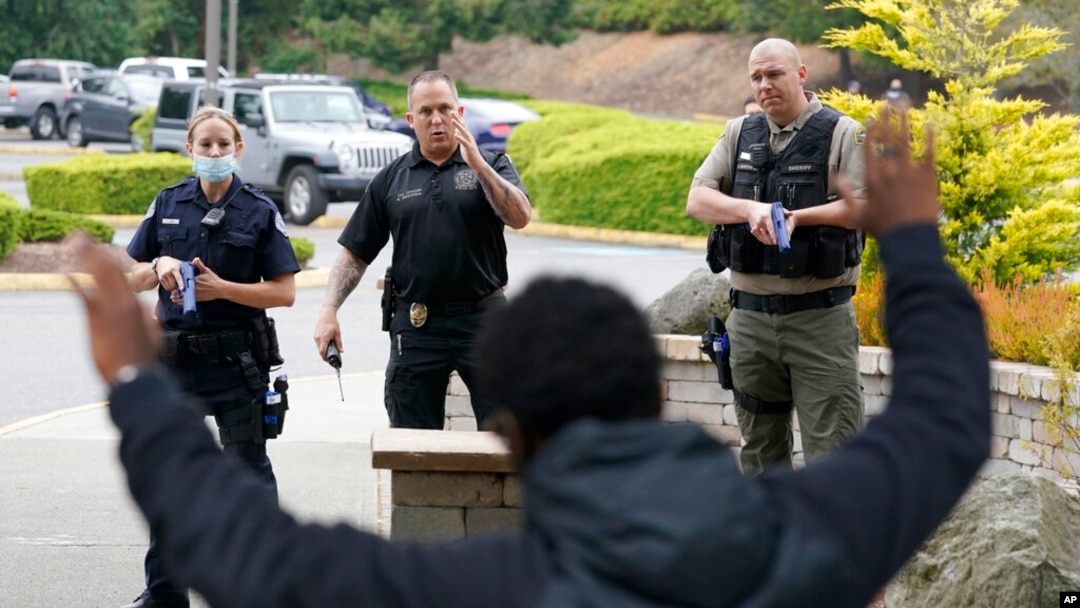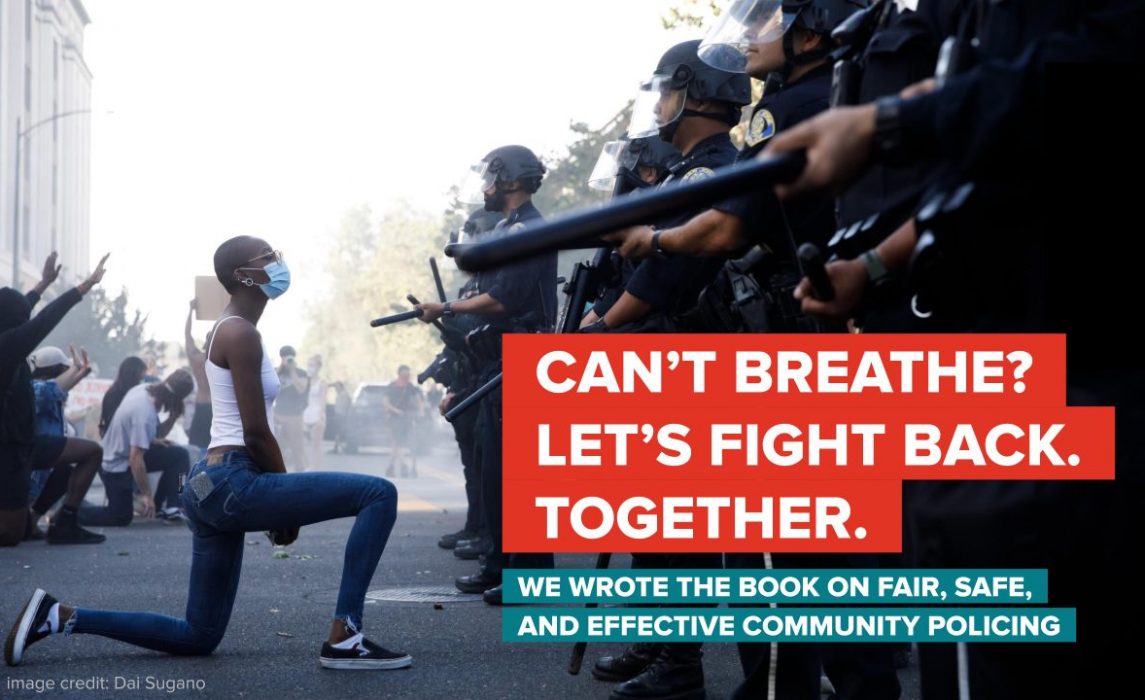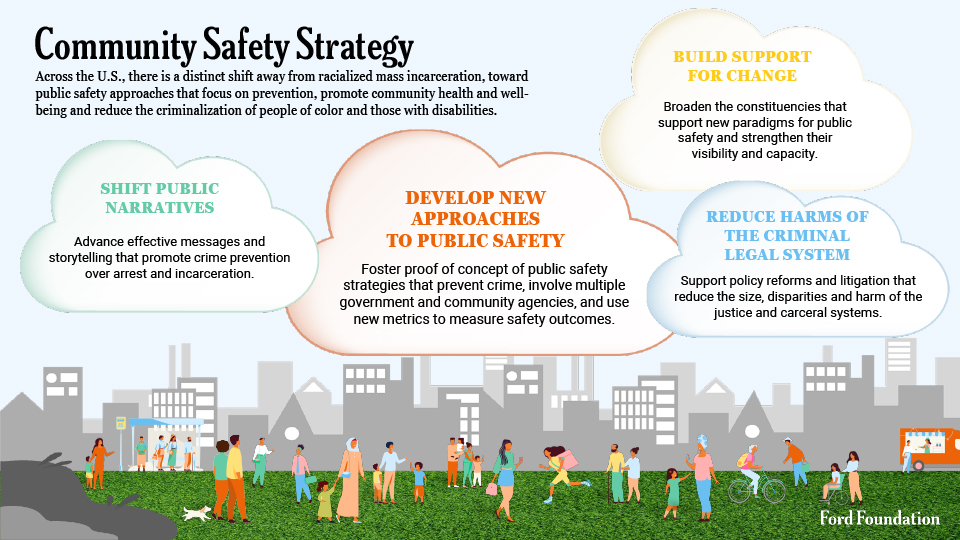Balancing Community Safety and Civil Liberties: Law Enforcement Reform in the U.S.
Balancing Community Safety and Civil Liberties: Law Enforcement Reform in the U.S.

Published: October 29, 2025 | Last Updated: October 29, 2025
Table of Contents
Introduction: The Call for Police Reform in America
Law enforcement reform has become one of the most critical policy debates in the United States. Communities across the nation are demanding a fundamental rethinking of how policing works—one that protects public safety while upholding constitutional rights and civil liberties. The challenge lies in creating systems that hold officers accountable, build community trust, and prevent crime without resorting to aggressive tactics that have historically harmed marginalized communities.
According to recent studies, only 39% of Americans trust that law enforcement is adequately trained to avoid excessive force. This crisis of confidence, combined with persistent concerns about racial disparities in policing, has catalyzed a nationwide movement toward meaningful reform. The path forward requires balancing effective crime prevention with respect for human dignity and constitutional protections.

Building Transparency and Accountability
Improving Clearance Rates for Serious Crimes
One of the most significant accountability gaps in American policing is the dismally low clearance rate for serious crimes. Nationally, only about 11% of serious crimes result in an arrest, and just 2% lead to conviction. For homicides, the clearance rate hovers around 50%, while nonfatal shootings see only a 20% arrest rate. These failures disproportionately impact Black communities, where clearance rates are significantly lower than in predominantly white neighborhoods.
Cities like Denver have demonstrated that dedicated investigative units focused on nonfatal shootings can dramatically improve outcomes. By training existing officers as specialized detectives and treating every shooting with the intensity of a homicide investigation, Denver increased its clearance rate from 17% in 2019 to 60% in 2023—the highest among major U.S. cities.
Body-Worn Cameras and Technology
Body-worn cameras have emerged as essential tools for accountability, providing objective records of police-civilian encounters. However, technology alone is insufficient. Departments must establish clear policies requiring camera activation, prohibiting footage tampering, and ensuring timely public release of videos involving use of force or deaths in custody. Supervisors should regularly review footage to identify patterns of bias or policy violations before they escalate.

Strengthening Community-Police Relations
Procedural Justice Training
Trust between law enforcement and communities forms the foundation of effective policing. Research consistently shows that when people trust police, they're more likely to report crimes, cooperate with investigations, and comply with the law. Building this trust requires shifting from a "warrior mindset" to one grounded in procedural justice—treating civilians with dignity, explaining actions clearly, and demonstrating trustworthy motives.
Ending Harmful Practices
Pretextual traffic stops—using minor infractions as pretexts for investigating more serious crimes—consume massive police resources while eroding community trust. Studies show these stops are racially biased and ineffective at reducing crime. Progressive jurisdictions like Philadelphia, Pittsburgh, and Virginia have restricted such stops, allowing officers to focus on serious offenses. Similarly, eliminating zero-tolerance policing and stop-and-frisk tactics can reduce community harm without compromising public safety.
Focused Deterrence Strategies
Recognizing that a small number of individuals drive most violent crime, cities like Boston, Stockton, and New Haven have implemented focused deterrence programs. These initiatives bring together community leaders, service providers, and law enforcement to engage high-risk individuals with support services and a clear message about consequences. When properly implemented with community partnership, these programs have reduced gun homicides by 42-73% in participating cities.
Prevention-Focused Strategies
Diversion and Treatment Programs
Breaking cycles of crime requires addressing root causes rather than simply punishing offenses. Diversion programs—which redirect people from the criminal legal system into community-based services—have proven highly effective. The Law Enforcement Assisted Diversion (LEAD) program, for example, allows officers to connect people with behavioral health services instead of arresting them for low-level offenses. Participants show significantly reduced recidivism and improved outcomes.
Supporting People Returning from Incarceration
Nearly three-quarters of people released from prison are re-arrested within five years. This cycle persists because returning individuals face insurmountable barriers: housing discrimination, employment obstacles, and limited access to healthcare. Progressive policies like automatic record expungement ("Clean Slate" laws), ban-the-box measures, and expanded Medicaid enrollment during incarceration can help break this pattern. Denver's permanent supportive housing program, for instance, reduced police contacts by 34% and arrests by 40% among participants.
Youth-Focused Interventions
Adolescent brains are still developing, making young people particularly responsive to intervention rather than punishment. Restorative justice programs in schools, which prioritize mediation over suspension or arrest, improve outcomes while reducing racial disparities. Jurisdictions that have raised the age for adult prosecution and eliminated solitary confinement for juveniles have seen youth incarceration drop 70% since 1995, even as youth violent crime arrests fell 78%.

Evidence-Based Training and Standards
National Training Standards
The federal government should establish national training standards rooted in evidence, focused on minimizing bias and use of force, and oriented toward improving community-police dynamics. Current training too often emphasizes a warrior mentality that frames civilians as threats. Instead, training should prioritize de-escalation techniques, interpersonal communication, problem-solving, and procedural justice. State and federal funding for law enforcement should incentivize compliance with these standards.
Officer Certification and Accountability
Professional standards for law enforcement officers—similar to those governing doctors, lawyers, and other professionals—are essential for maintaining public trust. All states should implement robust Peace Officer Standards and Training (POST) systems with authority to decertify officers who engage in serious misconduct. These systems should include citizens on review boards and maintain databases that prevent decertified officers from simply moving to new jurisdictions.
Data-Driven Policing Reforms
Improving Data Collection
Quality data is essential for tailoring responses to specific community needs and measuring reform effectiveness. Yet many cities don't even track the number of people shot annually. Comprehensive data collection should include firearm ballistic and trace evidence, demographic information on police interactions, and regular reviews of fatal and nonfatal shootings. Cities should participate in Crime Gun Intelligence Centers to identify illegal gun trafficking networks and hold bad actors accountable.
Early Warning Systems
Departments should implement early intervention systems that identify officers at risk of misconduct based on indicators like use-of-force incidents, civilian complaints, and behavioral changes. When used as supportive tools rather than punitive measures, these systems can connect officers with wellness resources before problems escalate. Smaller departments without sophisticated databases should still implement policies to track officer performance and identify red flags.

Frequently Asked Questions
How can police reform improve both safety and civil liberties?
Effective reform focuses resources on solving serious crimes while eliminating harmful overenforcement of minor offenses. By building community trust through procedural justice, departments gain greater cooperation from witnesses and victims, improving clearance rates. Prevention programs address root causes of crime, creating long-term safety without relying on mass incarceration.
What role do police unions play in reform efforts?
Police union contracts often contain provisions that impede accountability, such as mandatory arbitration that overturns discipline decisions, requirements to destroy misconduct records, and barriers to investigating complaints. Reforming these agreements is essential. Some jurisdictions like Washington D.C. have removed discipline from collective bargaining altogether, while others have established baseline standards that cannot be weakened through negotiation.
How can communities participate in police oversight?
Communities can engage through civilian review boards, participation in POST certification systems, regular public forums with police leadership, and transparency initiatives that publish data on stops, searches, arrests, and use of force. Departments should actively seek community input when developing policies and hold regular assessments of law enforcement conduct and priorities.
What alternatives to traditional policing show promise?
Community violence intervention programs, mental health crisis response teams, and diversion programs have demonstrated significant success. Expanding the public safety workforce to include civilian experts, social workers, and community health workers can address many calls for service more effectively than armed officers, reserving law enforcement for situations requiring their unique authority.
How do we balance officer due process with accountability?
Officers deserve fair investigations and due process, but current systems often go far beyond what's necessary to protect those rights. Reasonable reforms include allowing anonymous complaints to be investigated (while verifying credibility), conducting timely investigations without artificial deadlines, maintaining disciplinary records rather than purging them, and ensuring police chiefs have final authority over discipline decisions rather than external arbitrators with conflicts of interest.
Share This Article
If you found this analysis of law enforcement reform helpful, please share it with your network. Building awareness about balanced approaches to public safety that protect both community safety and civil liberties is essential for meaningful change.
Conclusion: A Path Forward
Reforming law enforcement to balance community safety with civil liberties is not a zero-sum proposition. Evidence from cities across America demonstrates that accountability, transparency, community partnership, and prevention-focused strategies can simultaneously reduce crime and protect constitutional rights. The path forward requires sustained commitment from elected officials, police leadership, community advocates, and citizens to implement evidence-based reforms that center the voices of those most affected by both crime and overpolicing.
By improving how departments solve serious crimes, eliminating harmful practices, investing in prevention, and building genuine community trust, we can create a system of public safety that serves everyone equitably. The reforms outlined here represent a comprehensive framework for achieving this vision—one that honors both the legitimate need for effective law enforcement and the fundamental rights that define American democracy.